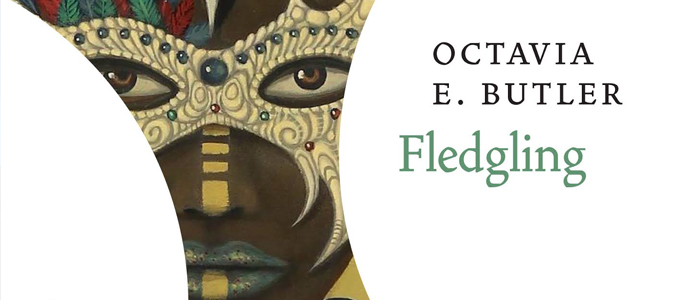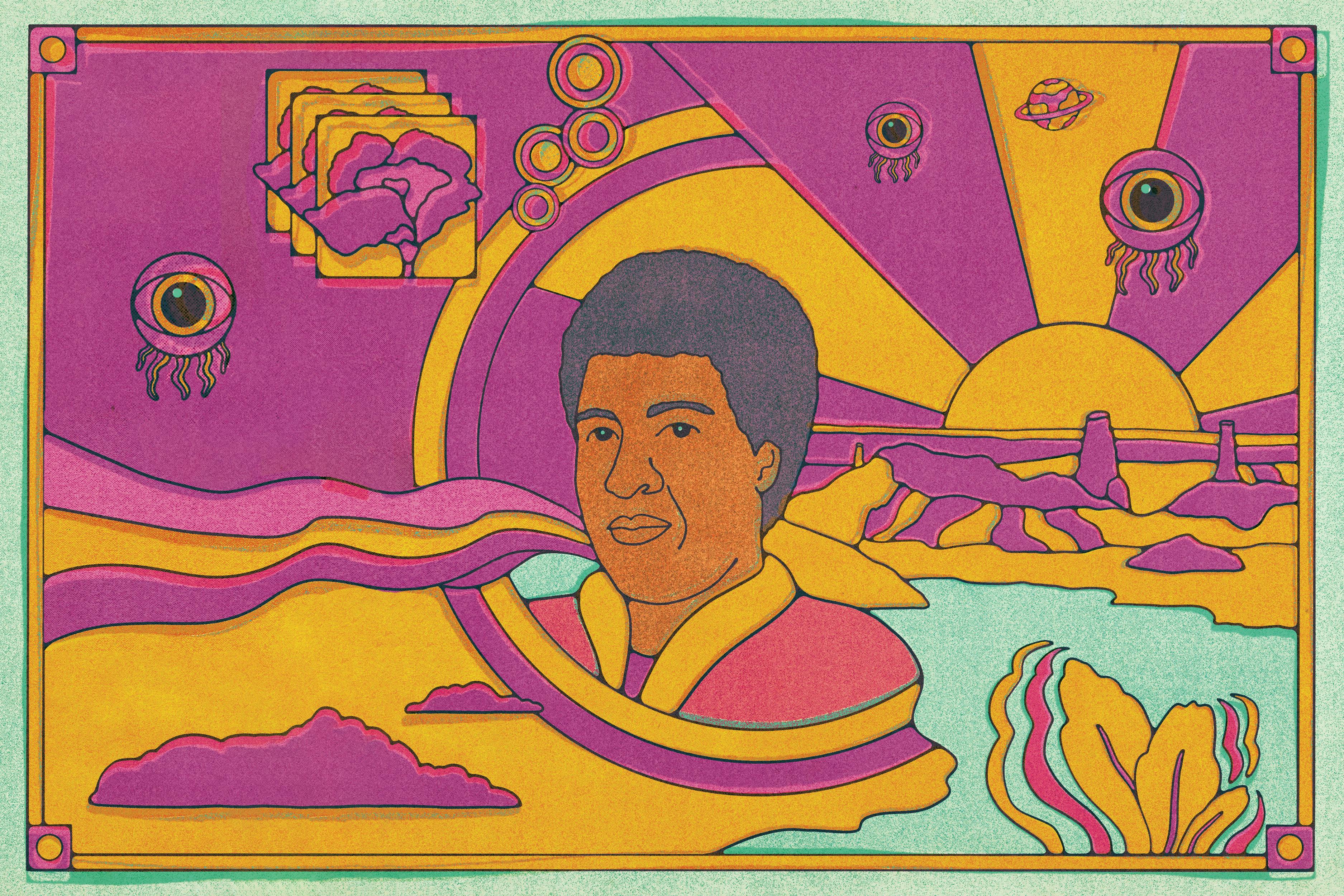
She is the survivor, and her survival pushes the narrative towards understanding and change. Shori was found burned and disoriented and we learn the reason why through the course of the novel. Her skin is darker than the rest of the Ina because they were trying to find a way to make their kind able to withstand daylight. She is set apart from the rest of her vampire brethren through her modifications.

Even this compromise is fraught with more wanting, that oh-so-human desire for more. Humans enjoy longer lives and better health while the Ina get food and protection. They have to form a compromise in the form of the symbiotic relationship with humans. Their inability to face the sun limits the extent of their power. These vampires are still alluring, but their appeal isn’t in manipulation and control, it’s in the benefits they offer in exchange for blood.įor all their power, the Ina have their limits. But here, the Ina are separate creatures that have existed in secret alongside humans for centuries. Traditional vampires were once human and the exploration of where they lose their humanity is often at the core of vampire stories. It examines the human condition primarily by removing humanity from a human-like creature. The vampire is an exploration of power and control.

It might seem strange for Butler to tackle vampires-even science fiction focused genetically-modified vampires-but it actually fits within her framework quite well.

And these problems become the catalyst of the center conflict.

But even these communities aren’t immune to biases and intolerant behaviors we see in our reality. These symbiotes build close-knit families where humans and vampires live in harmony. But not just any vampire-a genetically modified vampire from a species that creates symbiotic relationships with humans through their venom. It's a stunning exploration of what it means to be human through the eyes of a vampire.


 0 kommentar(er)
0 kommentar(er)
